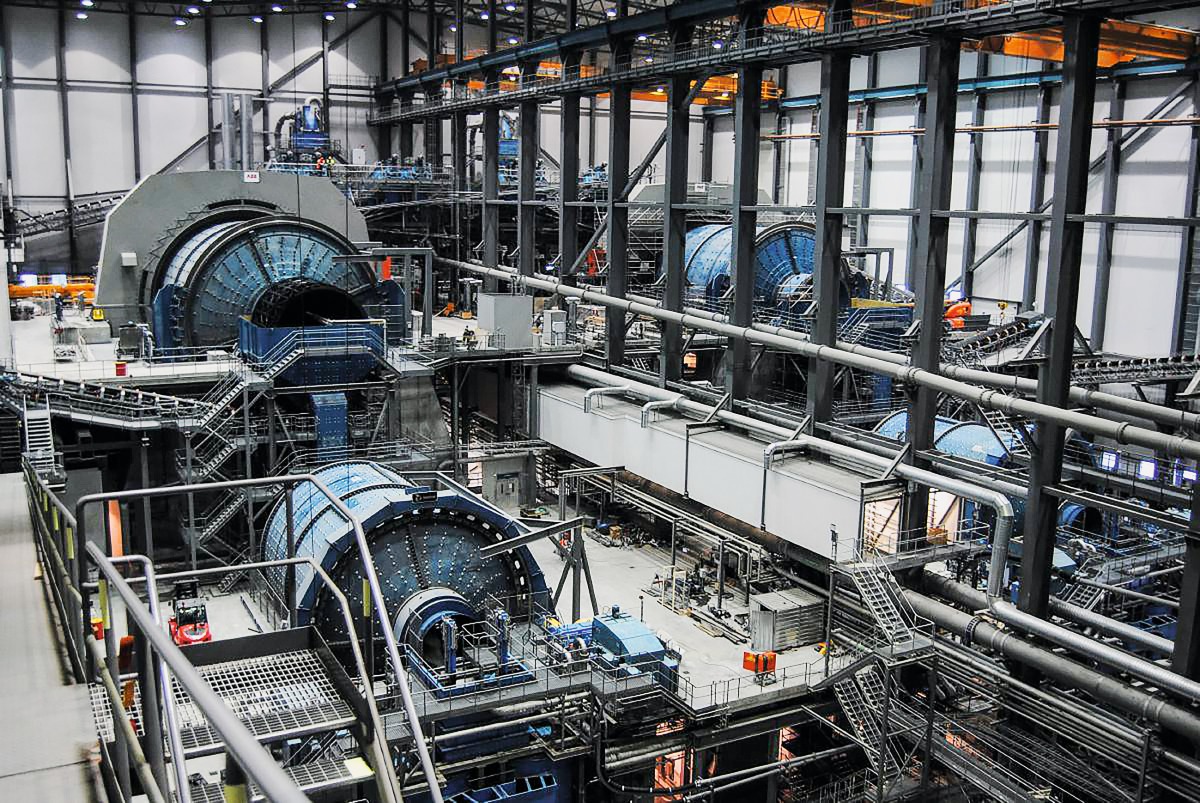Mineral processing is the physical and physical process utilized to extract ore from gangue minerals or other unwanted materials. This process can be accomplished by using many different techniques but they all require a few important steps. The first step is physically breaking apart massive rocks in order to break down into smaller pieces that are simpler to work with. Another method used to separate the minerals is by grinding the rocks into smaller pieces. The next step in mineral processing is adding water to make a slurry which helps separate valuable minerals from the waste. The last step is dry and then remove the precious minerals.
There are also large-scale machines or hand-pick to process minerals. The extraction of the ore from the ground is only a small portion of the process. It requires to be followed by a method to extract the minerals and materials that comprise the metal.
The equipment commonly used in mineral processing facilities include jigs and concentrators along with flotation cells and autogenous mills. Ballmills, trommels, shaker table, magnetic separation equipment, gravity extraction methods, and ball mills.
The production of many elements which include copper, gold and nickel, depends on the process of mineral processing. While it could appear like an extremely complicated process at first mineral processing is actually the process of removing valuable minerals from the earth, then adding a few simple chemicals for what you require.

Here are some ground rules for ensuring the success of mineral processing
The ore has to be free from waste materials, such as gangue. The material must be dry, free from the soluble salts and sulfides. It should have a good shape or break easily into pieces small enough to allow for treatment.
A suitable ore should be free of Sulfides and salts that are soluble than other types. They are among the most difficult kinds of sulfur and salt that could cause issues in the process. It should be large and round in shape so that it is easily broken down into smaller pieces using cutting or grinding machines.
Comminution involves breaking down the ore into smaller pieces. The finer the comminution process is completed, the greater amount of mineral surface is exposed to chemicals. This will result in more efficient processing. The size of the particles are limited by the equipment used to process minerals The typical range is 5 mm to 0.074 mm in diameter for particles that go through a round-hole sieve, but can go up to several decimeters if only the larger portions are interesting.
A few machines that are used to grind or break the rock into smaller pieces includes crushers and mills. Crushers are employed to reduce massive amounts of ore into smaller pieces. There are various types of crushers, including impact crushers as well as compression crushers which use high-speed steel teeth to break ore by compressing it, often done in stages, with the sizes of specific mineral fractions being gradually reduced.
Mills create ore pulp through grinding or pulverizing ore between two hard surfaces which rotate at different rates. Because manganese steel is more durable over other alloying elements the surfaces are typically coated with manganese-based liners. Manganese steel liners are harder to replace or repair when they wear out.
A further step in mineral processing involves separating the precious minerals from waste. Two methods for separation that are commonly used are magnetic separation and density.
Magnetic separation employs magnets for separation of minerals and the gangue materials. Magnetic separation equipment includes drum-type separators, trommels and pulsed field (PF) separators. They are used to separate the important minerals based on their density, form, and magnetic properties. The method of choice is dependent on several factors, including the rock type (i.e. sulfides, clean), size of equipment and ore characteristics (i.e. simple or hard crushing) the presence or absence of magnets in ore streams or waste streams, as well as the level of the dilution.
For more information, click mineral processing service